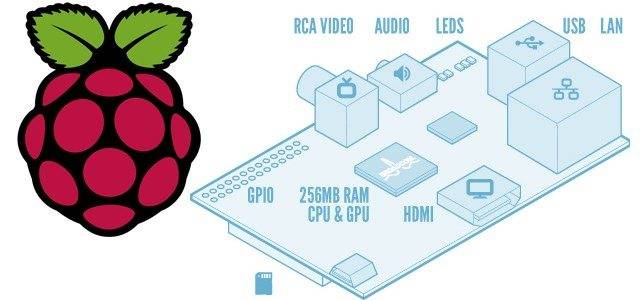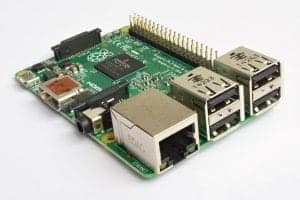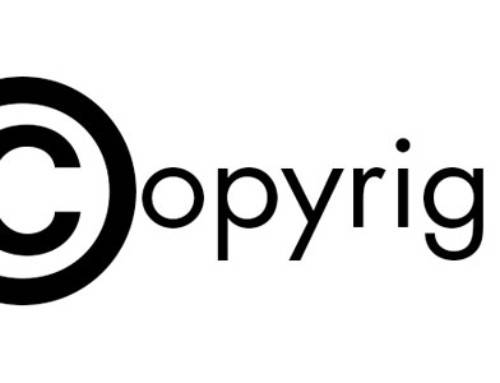 Personal computers are expensive. Before 2012, there really wasn’t any cheap way to let your kids learn programming without giving them their own laptop, or to try out a new operating system without reinstalling your current computer. With the release of Raspberry Pi, all the above became possible. It is a $35 computer that is designed specifically for education and innovation and can be connected in series to other Raspberry Pis to increase computing power.
Personal computers are expensive. Before 2012, there really wasn’t any cheap way to let your kids learn programming without giving them their own laptop, or to try out a new operating system without reinstalling your current computer. With the release of Raspberry Pi, all the above became possible. It is a $35 computer that is designed specifically for education and innovation and can be connected in series to other Raspberry Pis to increase computing power.
Technically speaking, a Raspberry-Pi is not a personal computer, but rather a motherboard of it. On its credit-card-sized body, there is a Broadcom system-on-chip and as much as 1GB of SDRAM memory. A system-on-chip is an integration of all important hardware components such as CPU and GPU. Of course, given the $35 price, the components of Raspberry-Pi are economical and lower-end, but they are sufficient to support a full operating system with complex and graphical workloads. To use a Raspberry-Pi, you only need to connect peripherals, such as a monitor (or TV), a keyboard, a mouse and an Ethernet cable, to the various ports on the board. Therefore, with Raspberry-Pi, you can set-up a personal computer with the cost of as much as a textbook.
The Raspberry-Pi community provides a full set of tutorials on how to install operating systems, learn programming and how to set up web servers on Raspberry-Pi. Although the initial purpose of Raspberry-Pi was to help kids study programming, many (grown-up) enthusiasts went all the way from building a micro-controller, to an intelligent coffee machine, and even a robot with Raspberry-Pi. Observing the great potential for innovation and exploration, no wonder everyone wants a “slice” of Pi. As of June 2015, five to six millions Raspberry-Pis have been sold all over the world.
 In February 2015, a new generation of Raspberry-Pi was released, announcing up to 7.5 times speedup in processing! The new model, Raspberry-Pi 2 Model B, is still $35. With the fast processing speed, Raspberry-Pi is no longer a toy computer, but a real one. It can render complex webpages and process user queries as fast as a real computer does, which makes it a great platform to accelerate web design and development.
In February 2015, a new generation of Raspberry-Pi was released, announcing up to 7.5 times speedup in processing! The new model, Raspberry-Pi 2 Model B, is still $35. With the fast processing speed, Raspberry-Pi is no longer a toy computer, but a real one. It can render complex webpages and process user queries as fast as a real computer does, which makes it a great platform to accelerate web design and development.
Website developers at Fox Web Creations are thrilled with the new Raspberry-Pi. One critical fact about website development is the compatibility. Because each user who visits the website uses her own browser and operating system, the website needs to make sure that it can load the webpages properly under different run-time environments. Raspberry-Pi provides the web developers the opportunity to test the website’s compatibility in multiple scenarios without spending large amounts of time or money. For example, a web developer can install Ubuntu and Chrome on a Raspberry-Pi and mimic users who have those specific environment settings. Because Raspberry-Pis are cheap and are easy to re-install, they can greatly facilitate the testing and the implementation of websites.
If you are excited as we are about Raspberry-Pi and would like to consider it for a web or digital signage project, please contact us here at Fox Web Creations.










